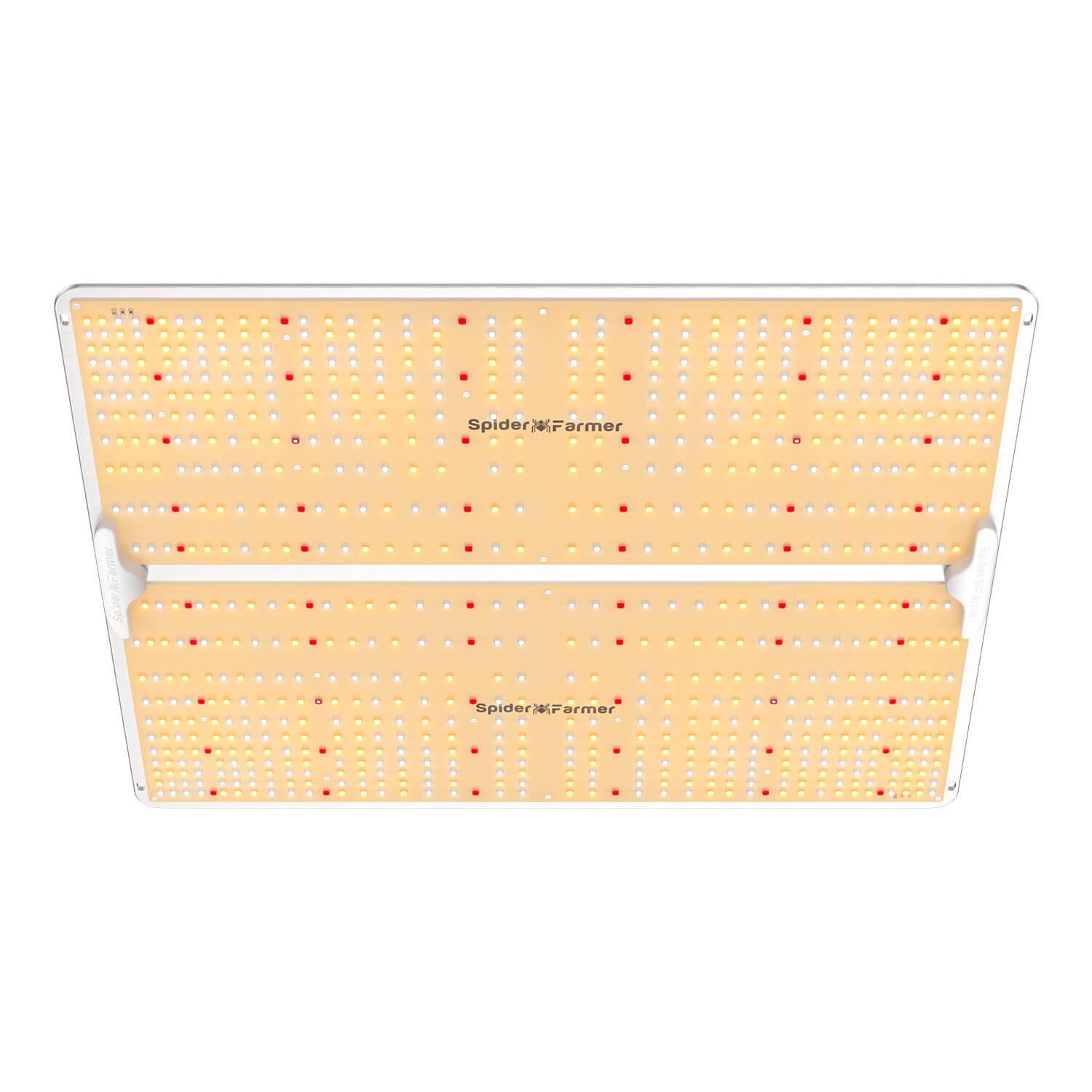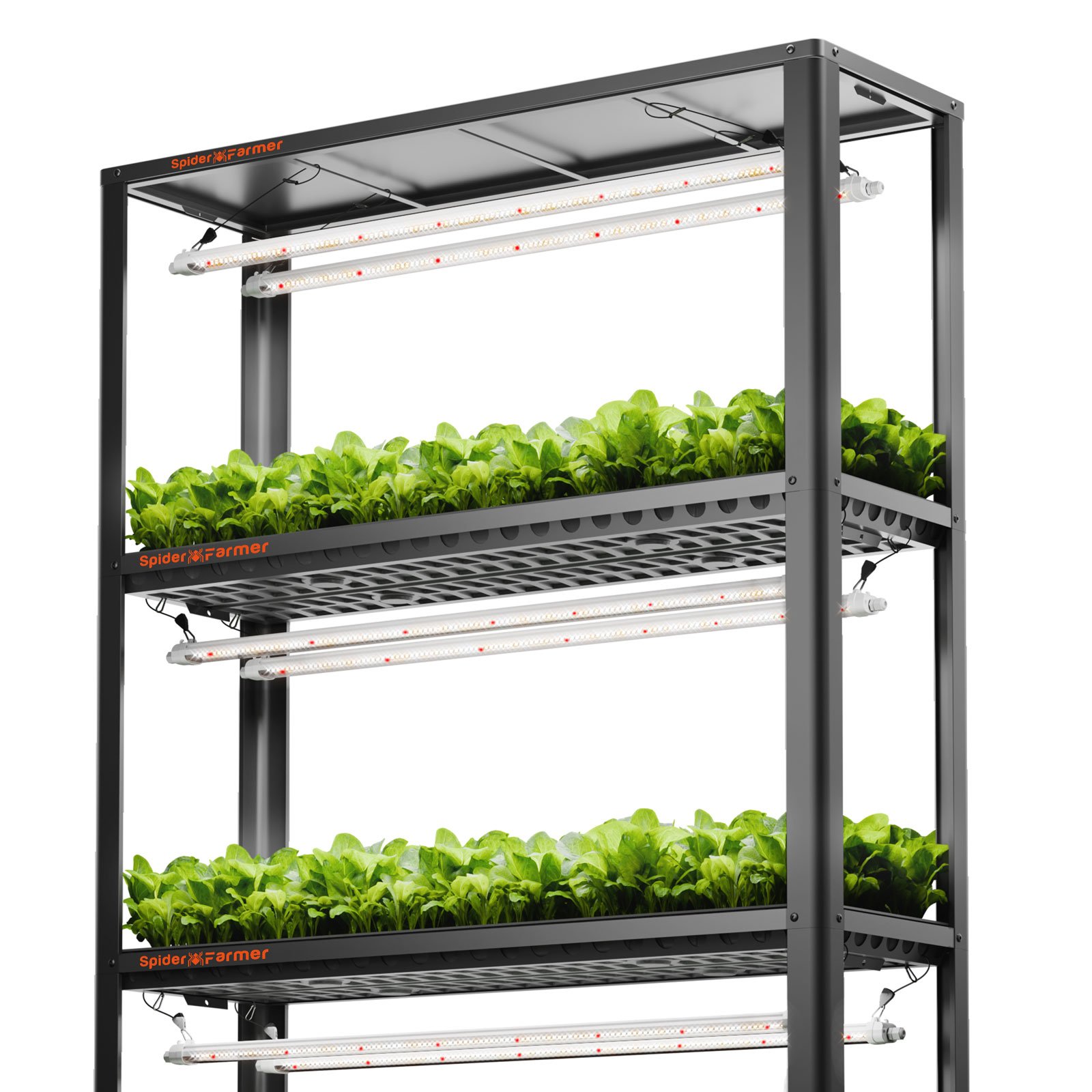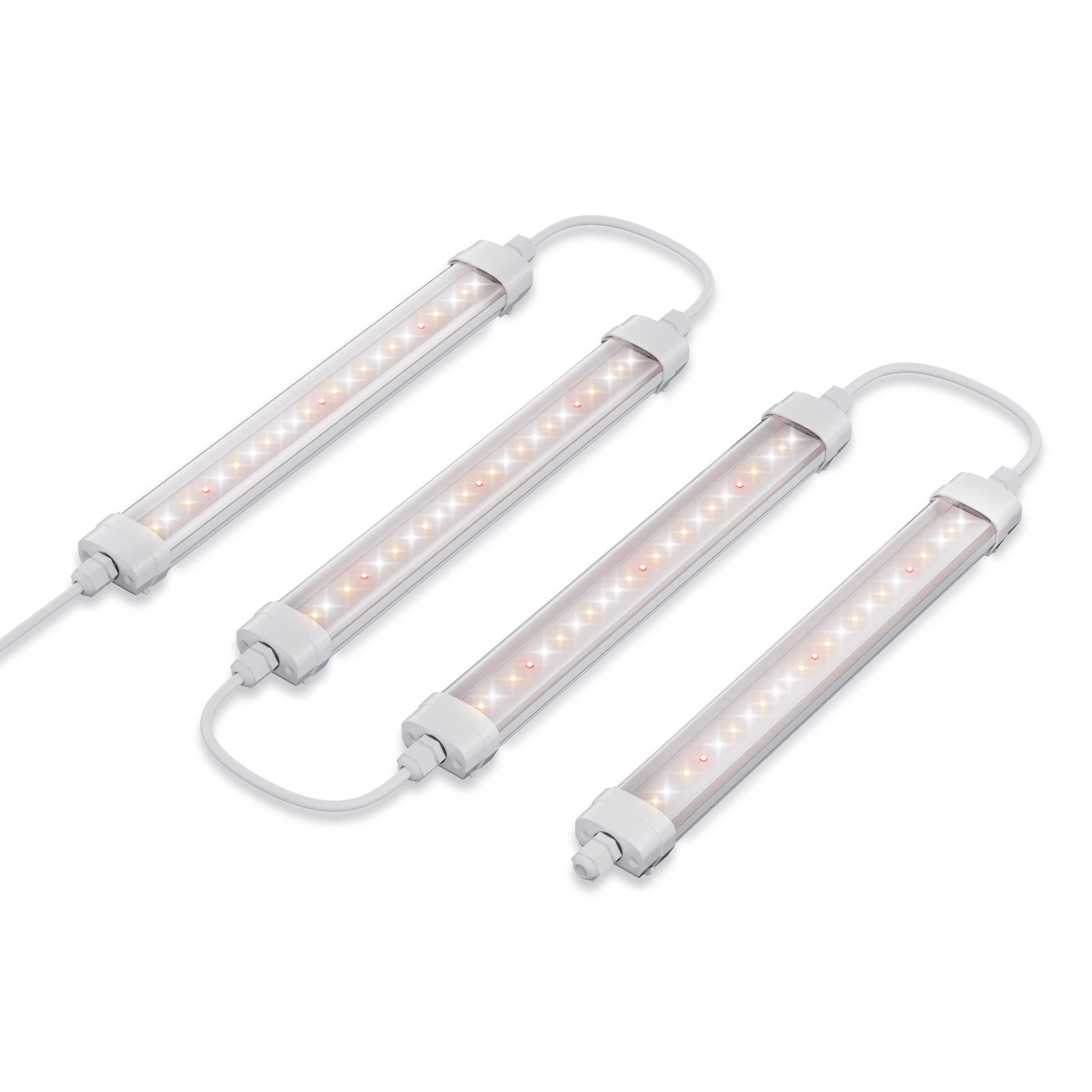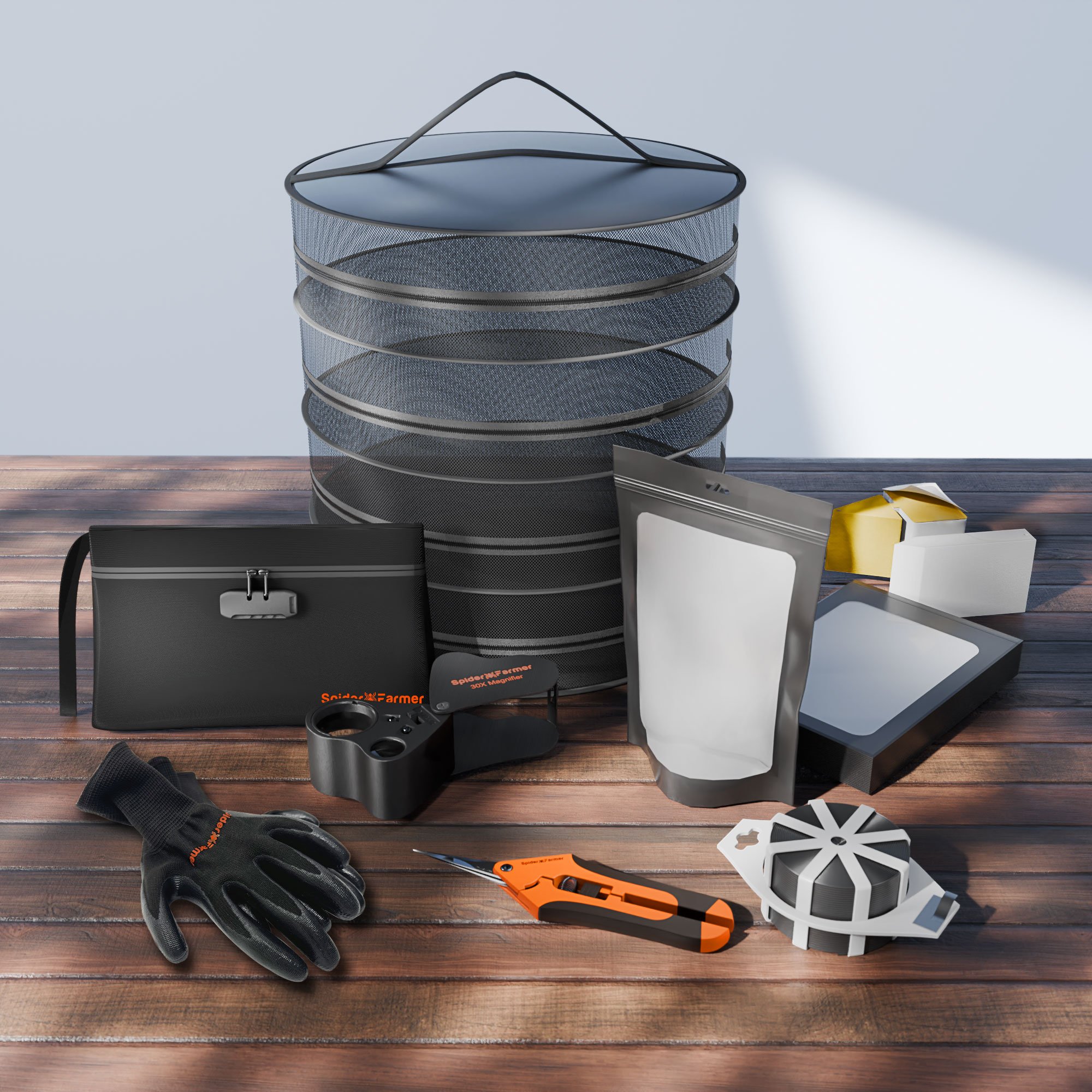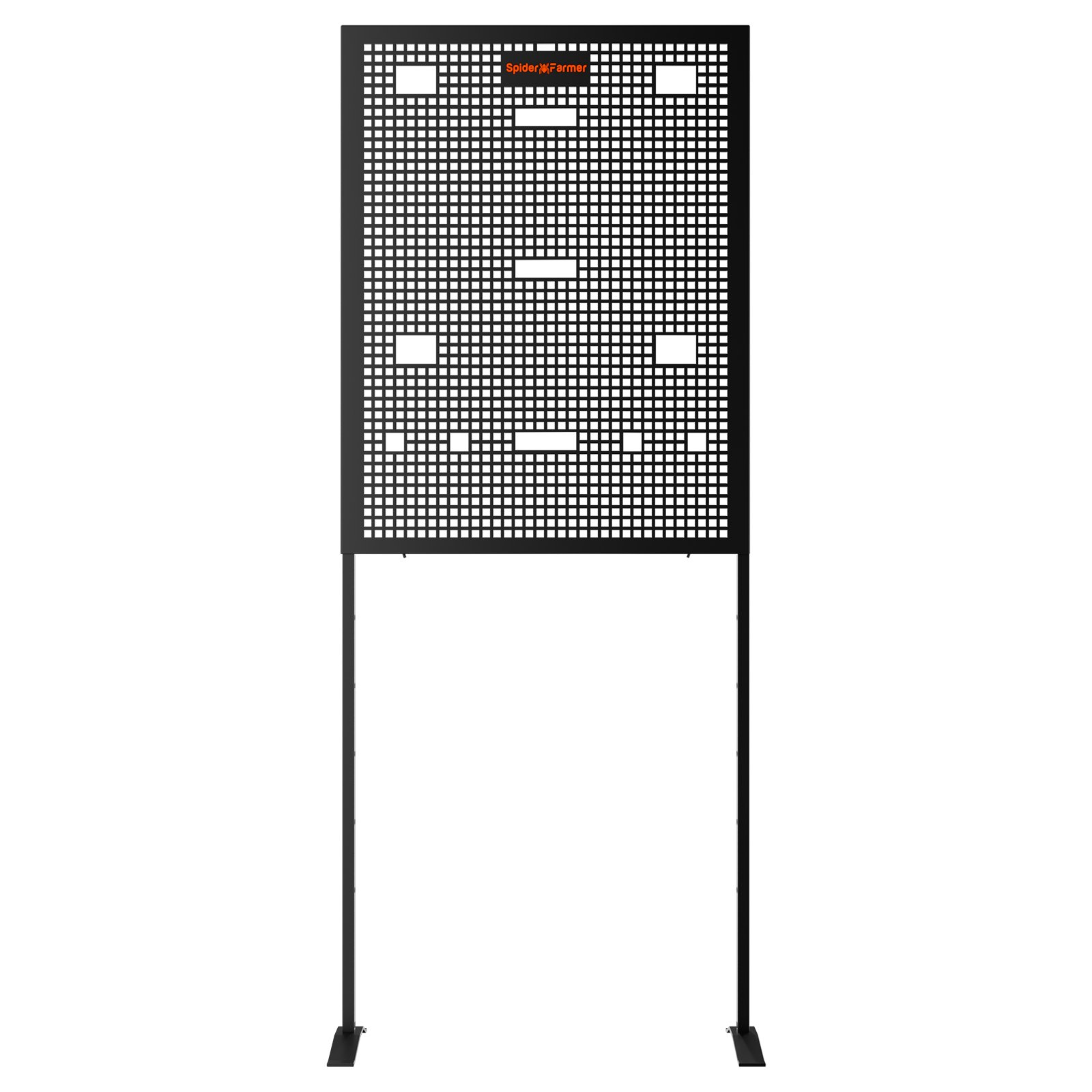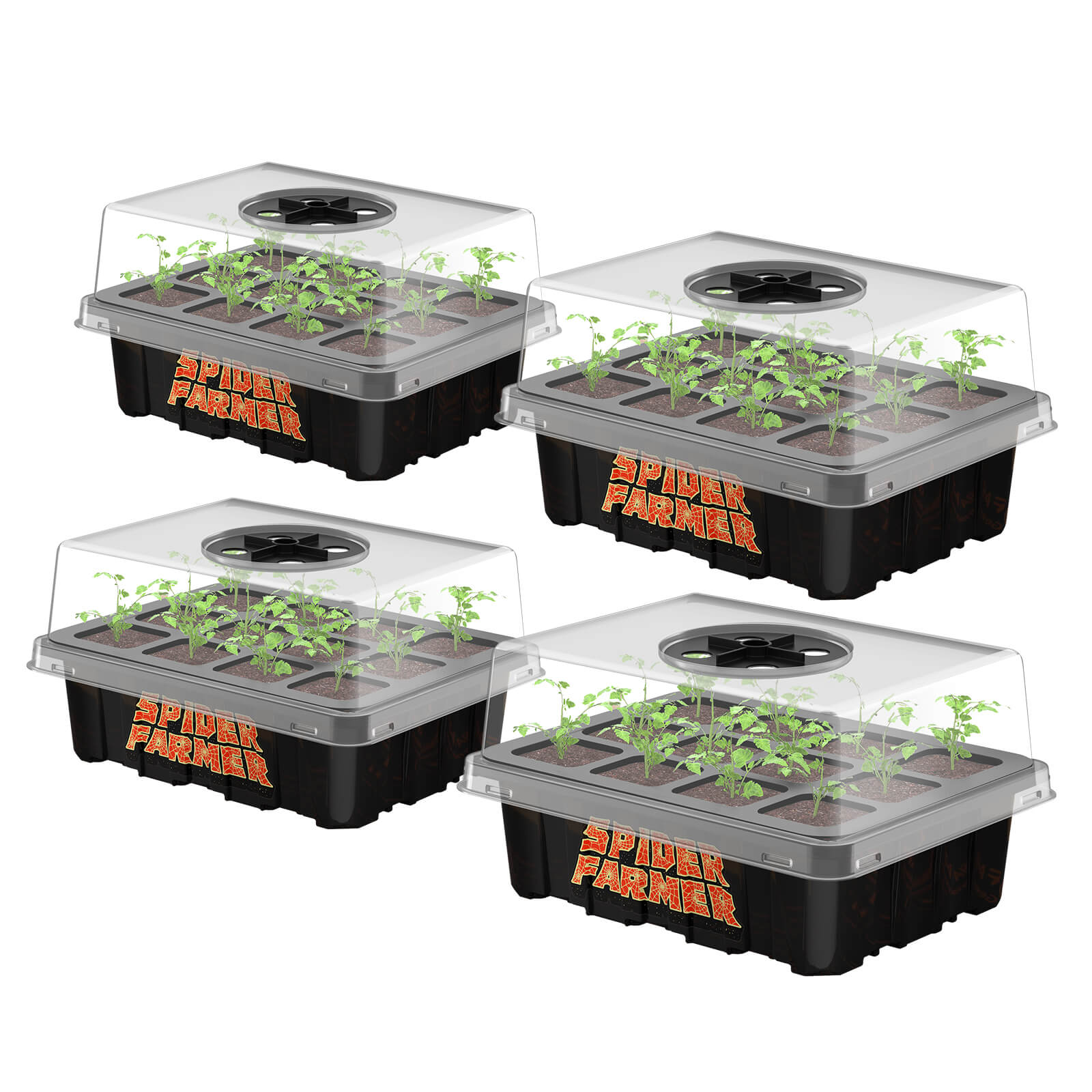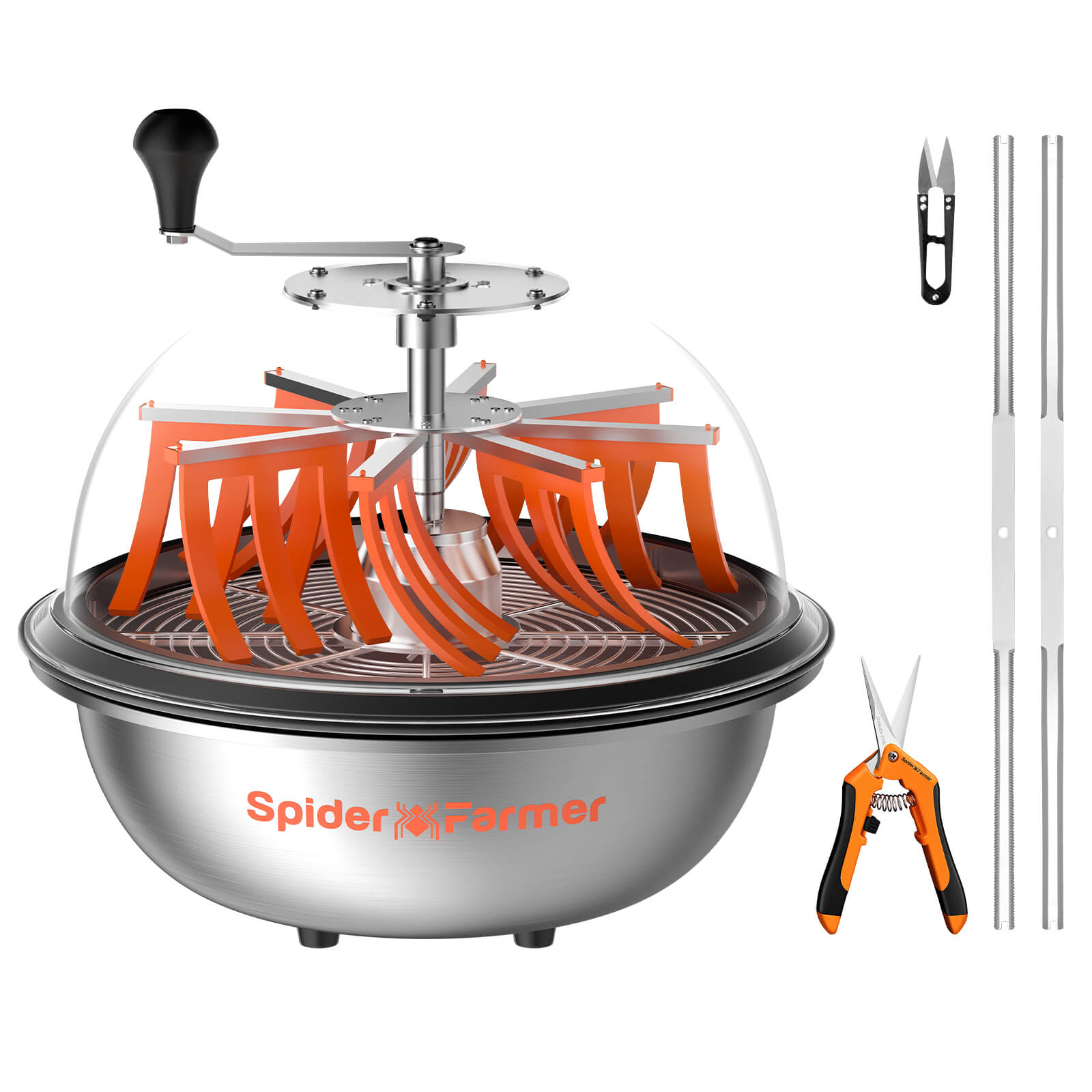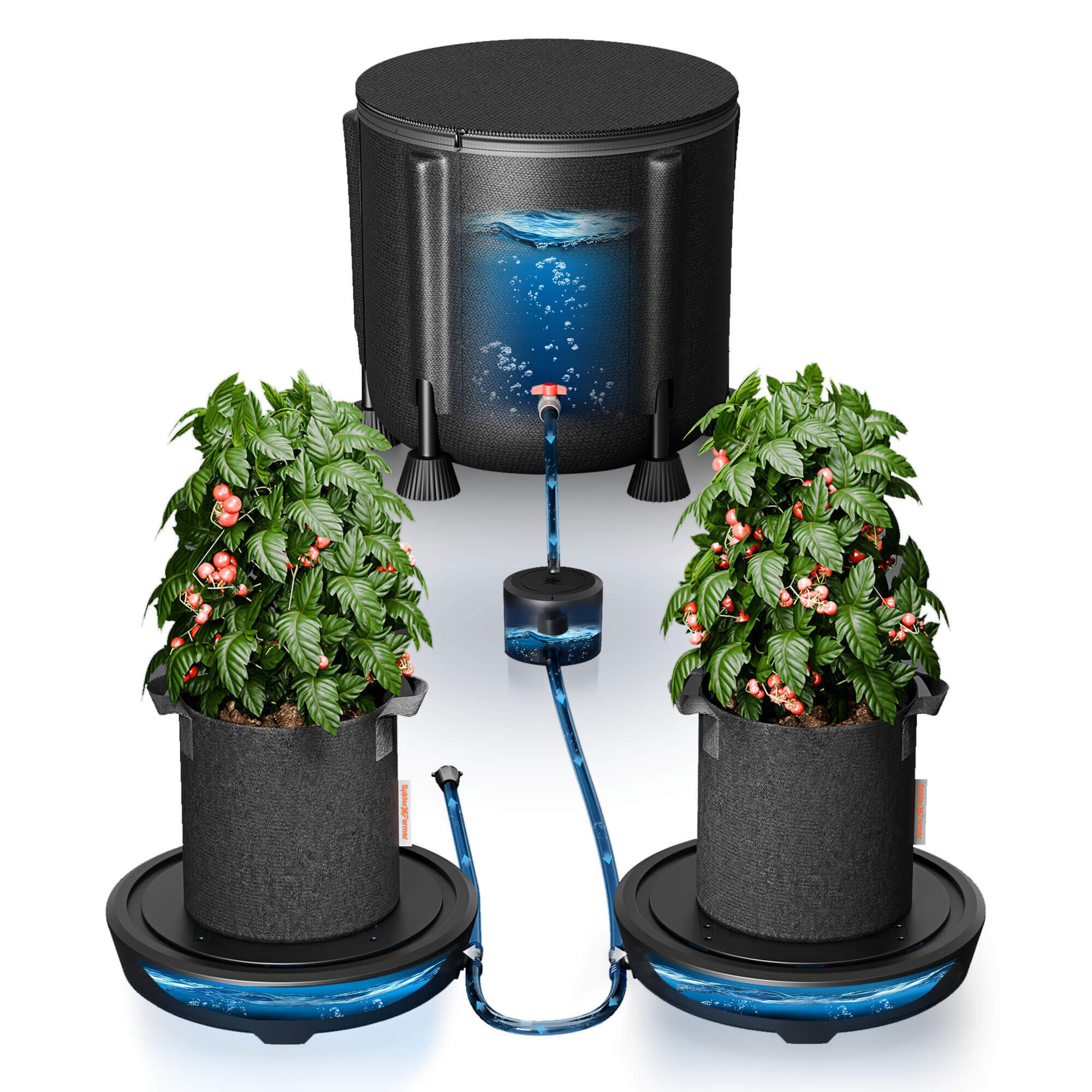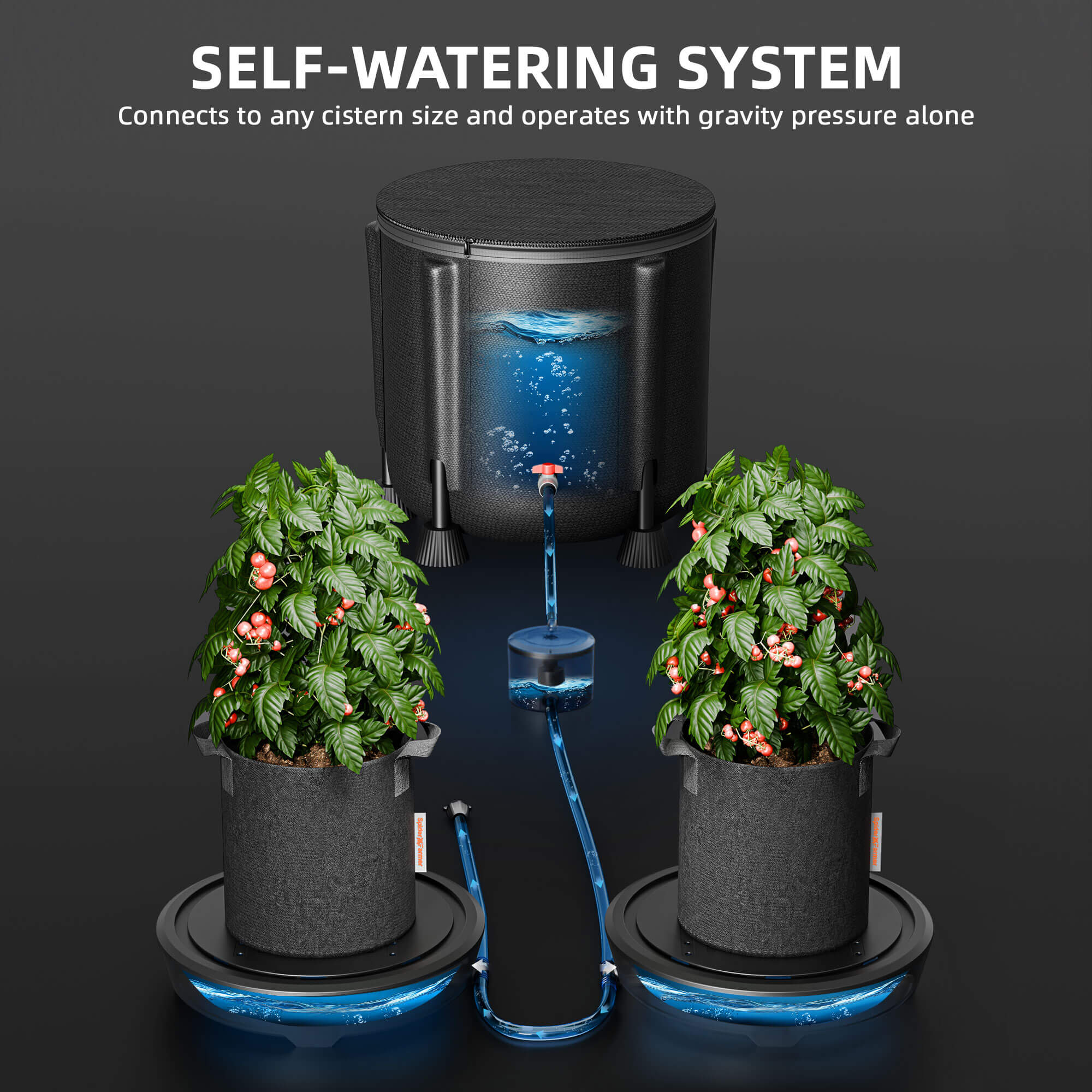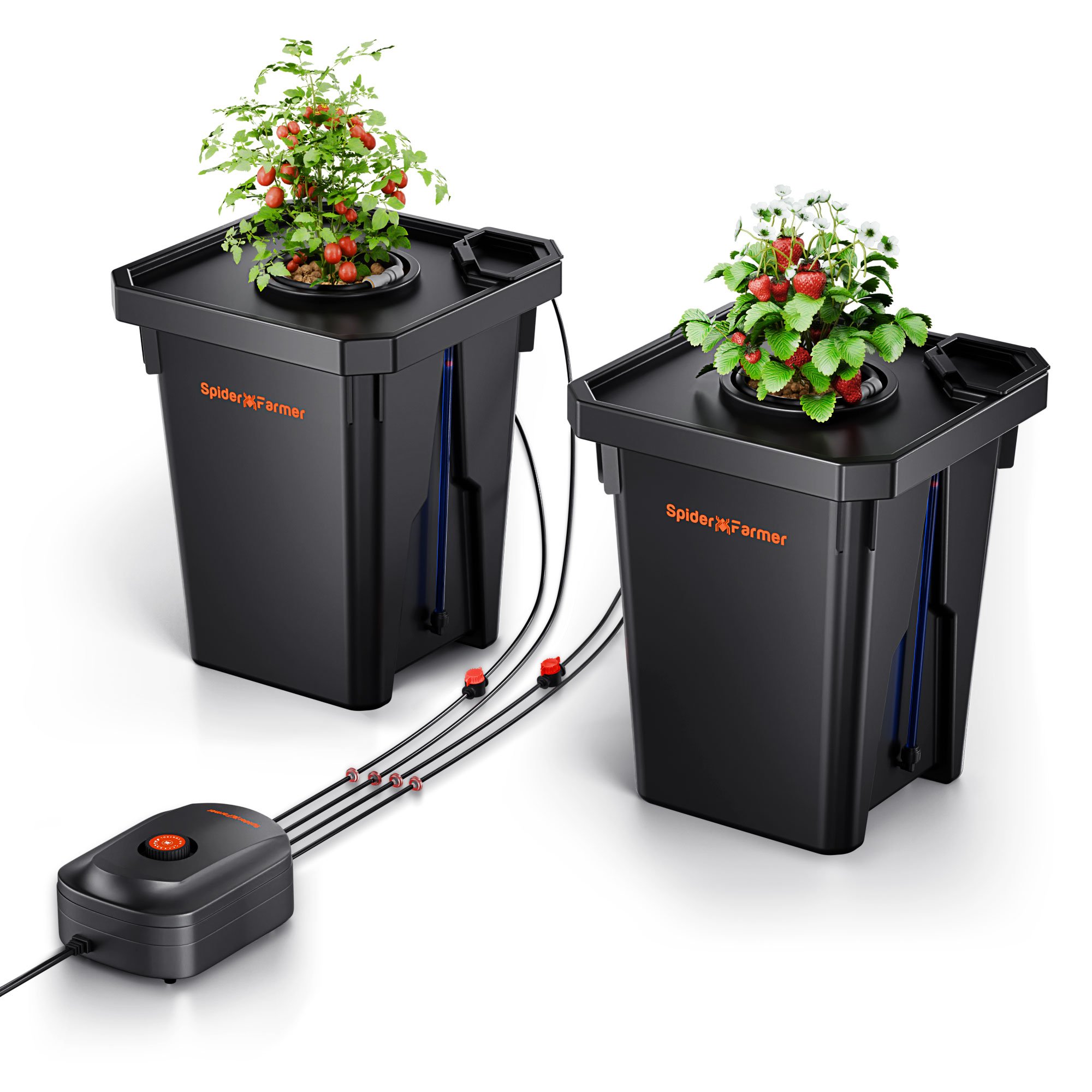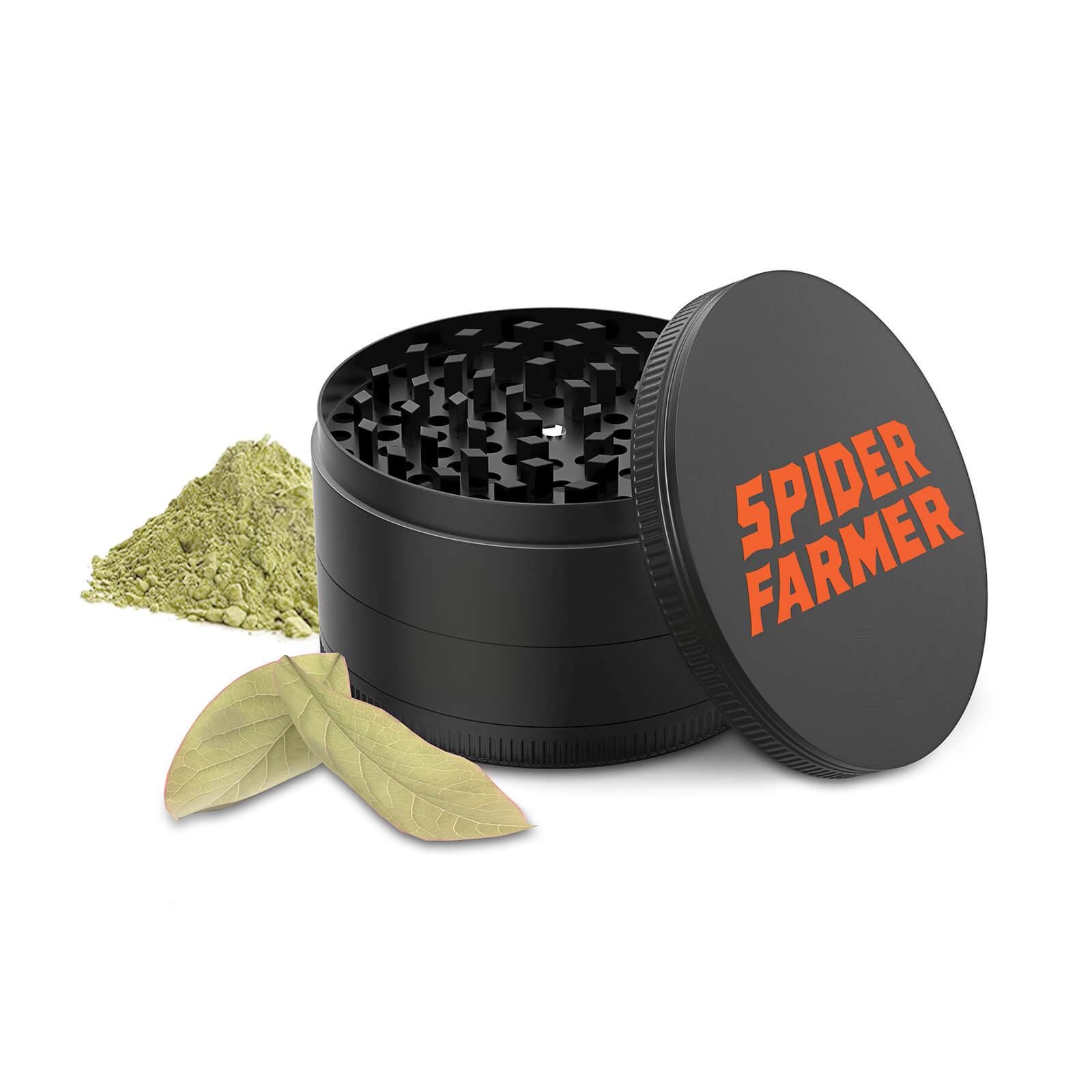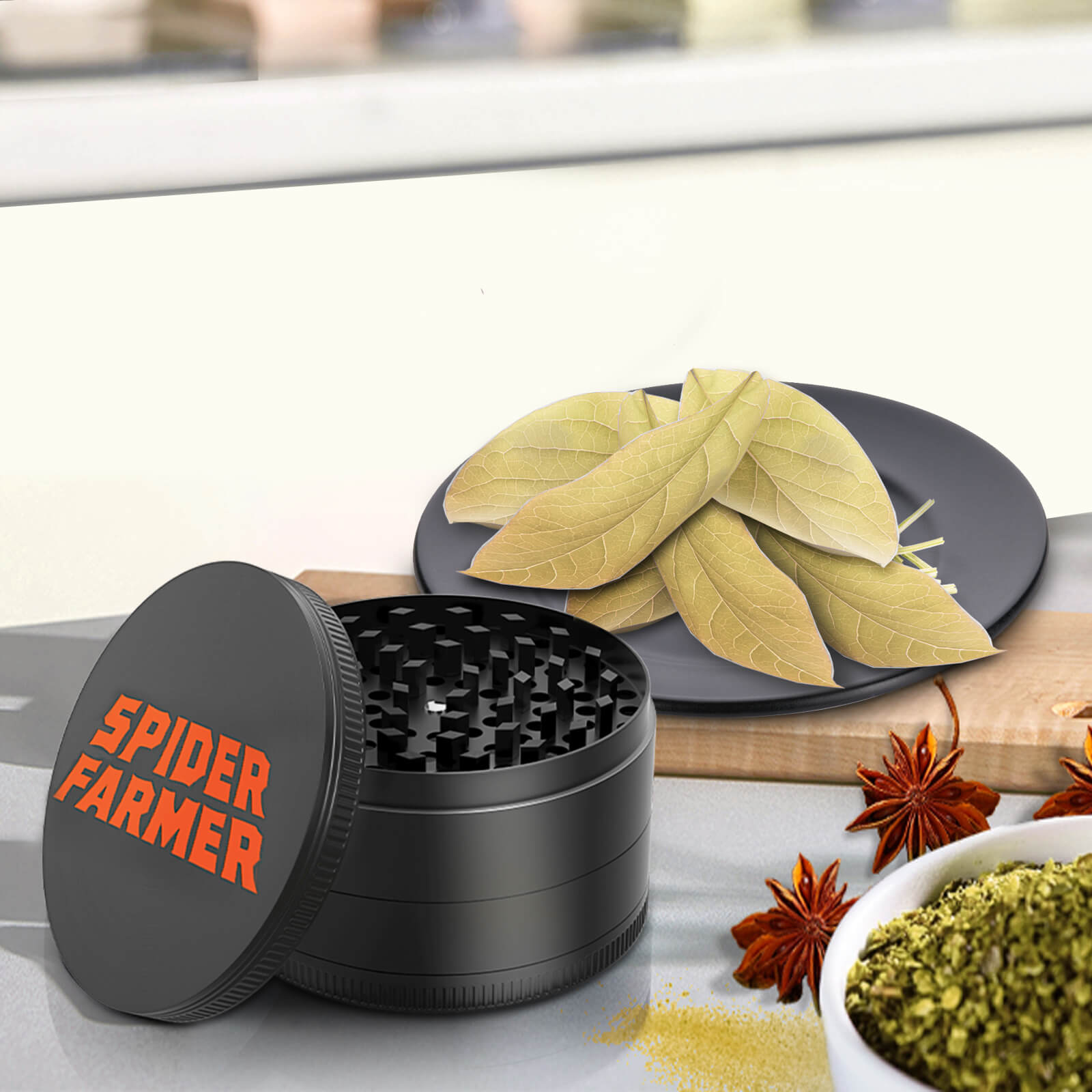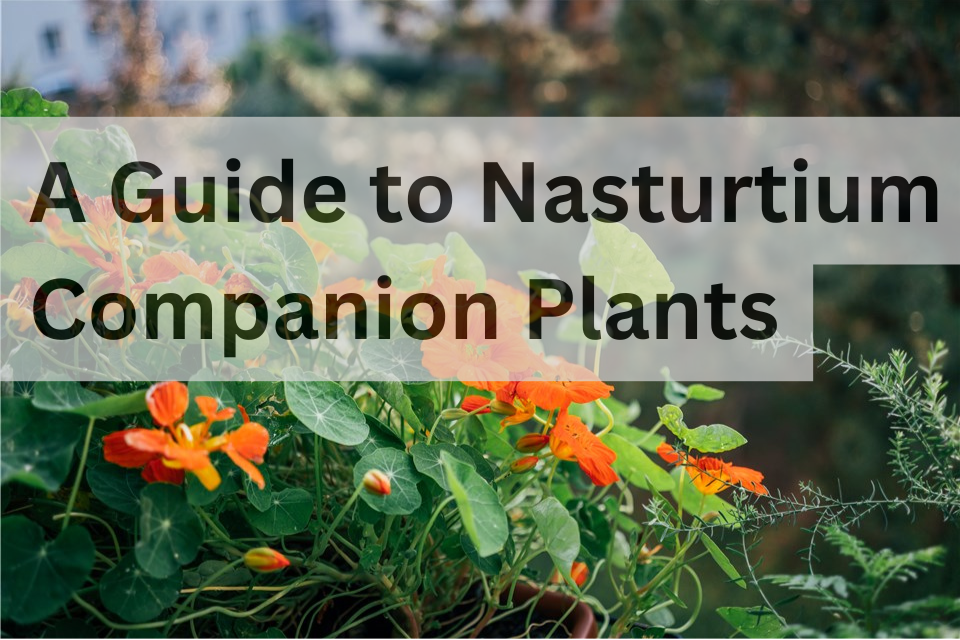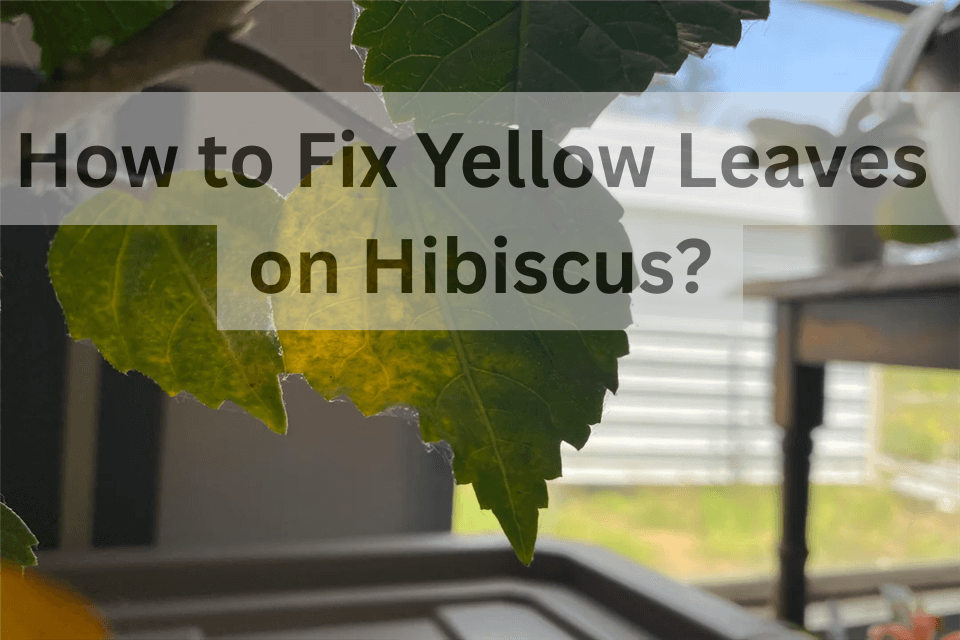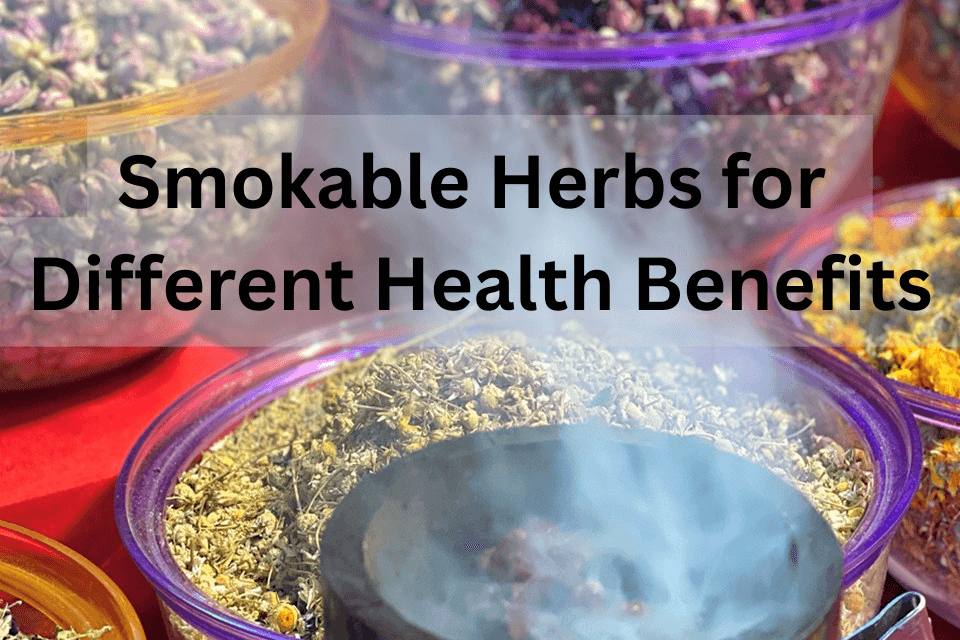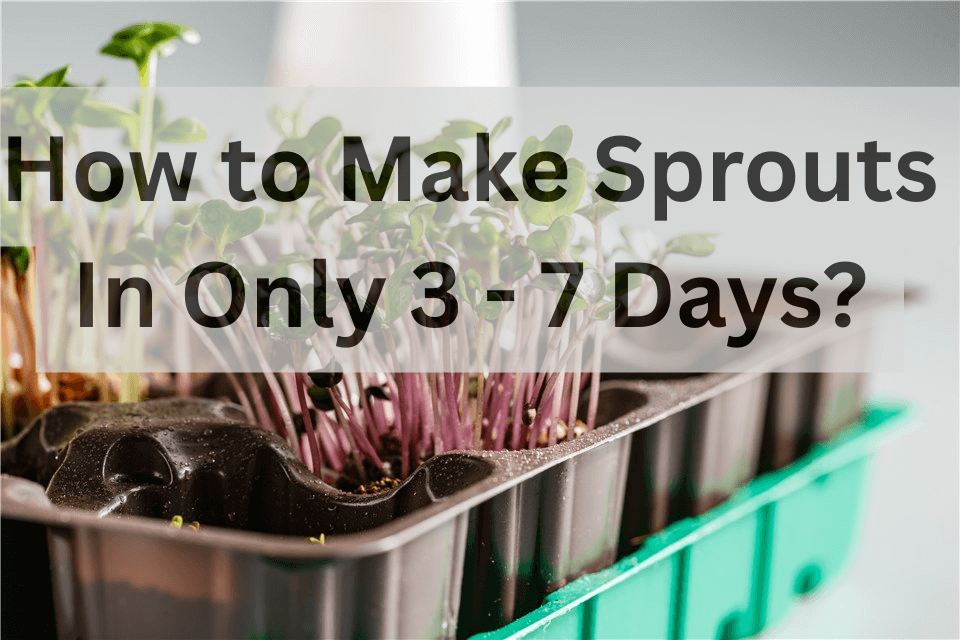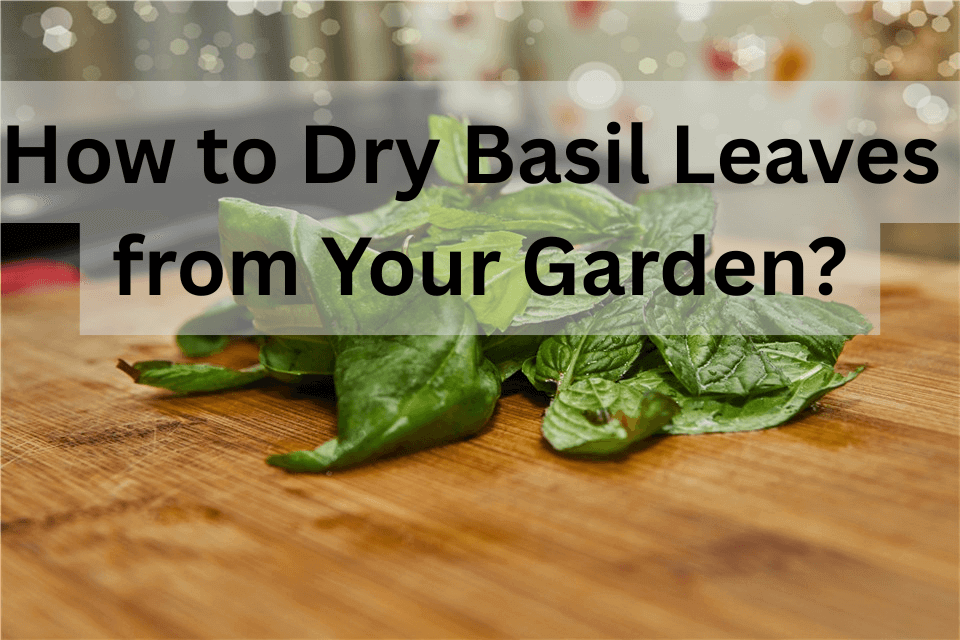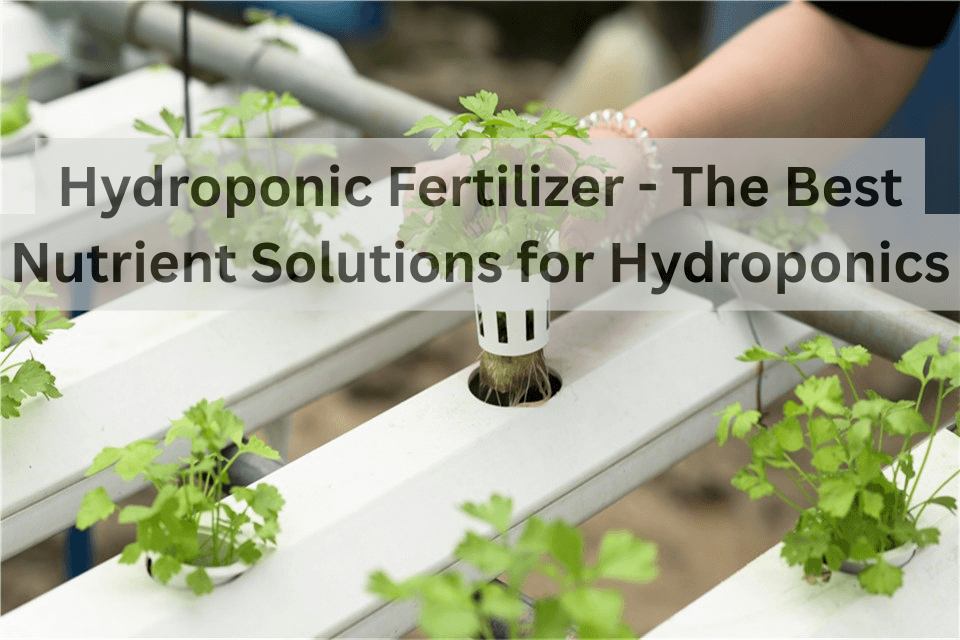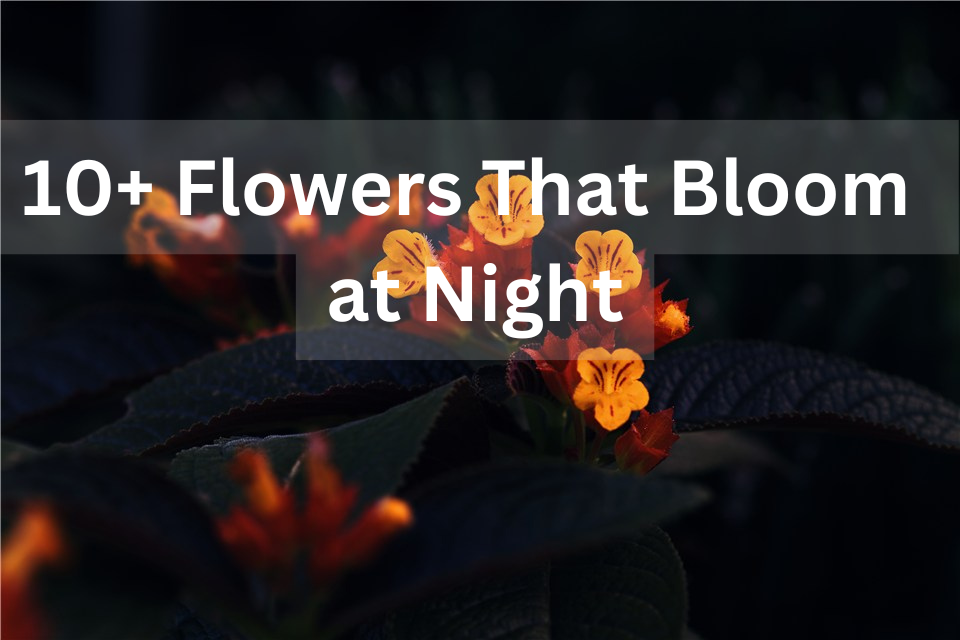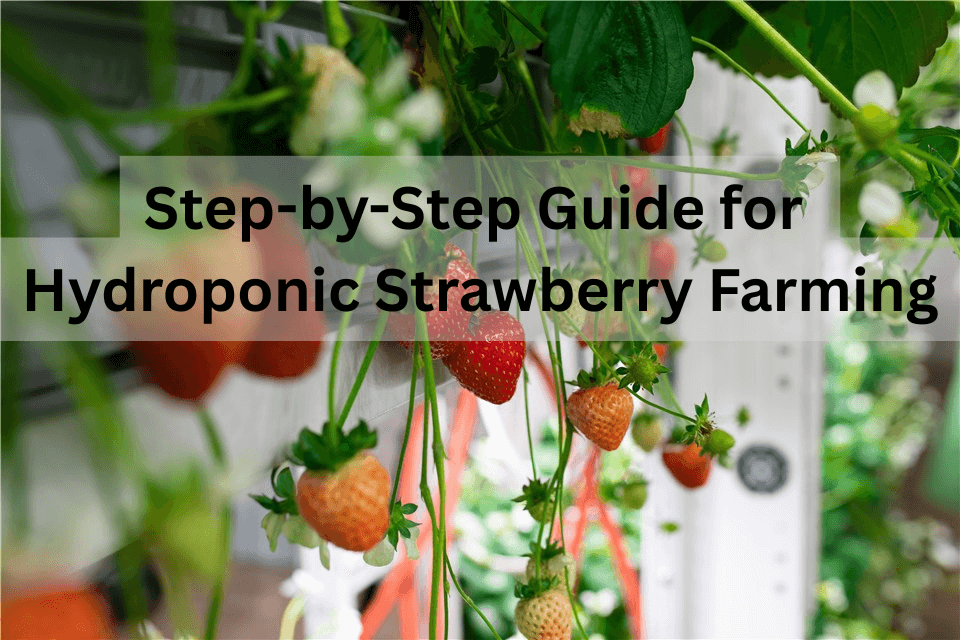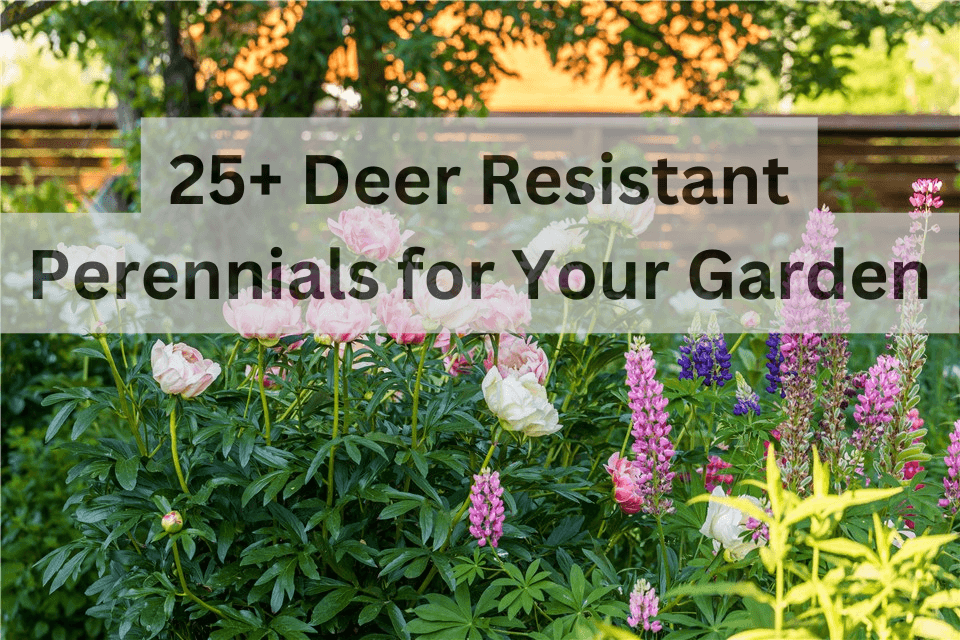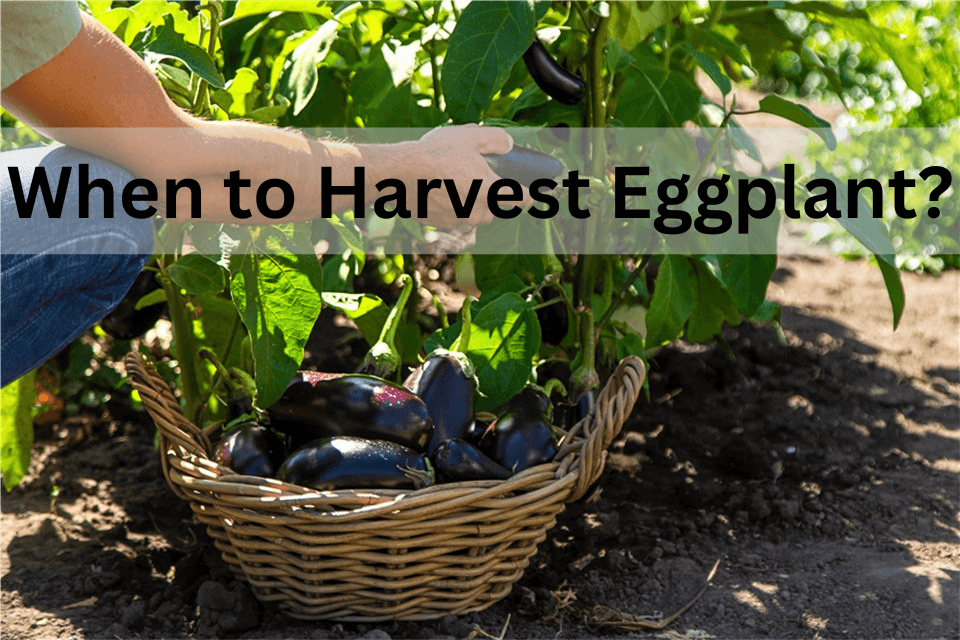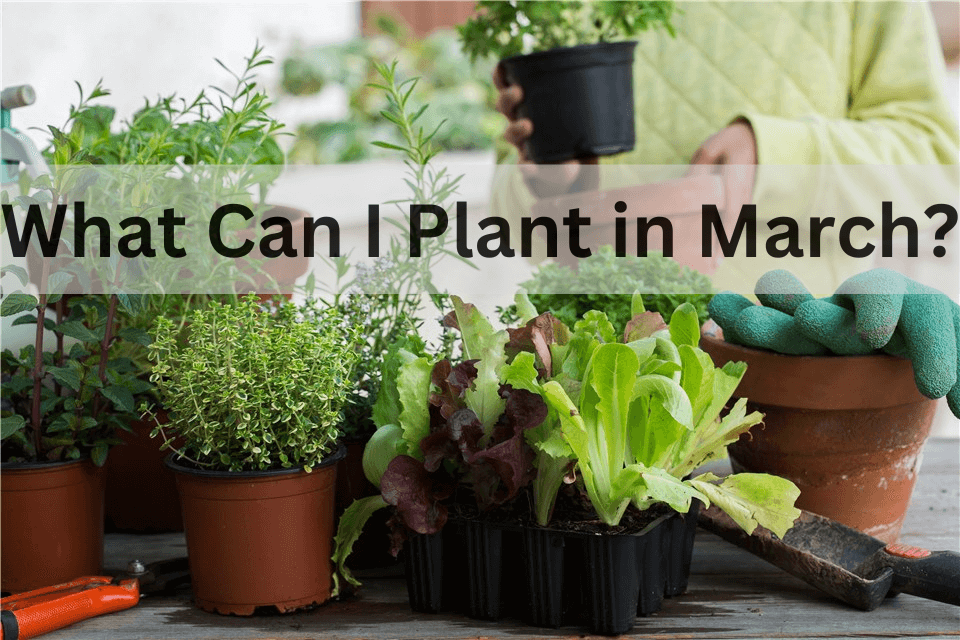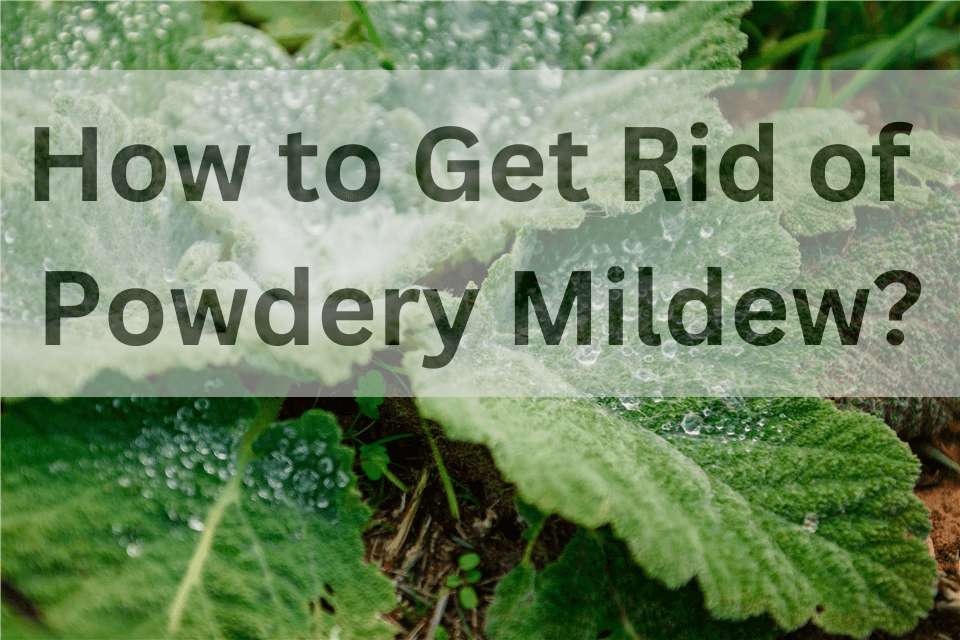Nasturtiums (Tropaeolum majus) are beloved for their vibrant, trumpet-shaped flowers and lush, lily-pad-like leaves. Meanwhile, they are celebrated in the gardening world for their role as companion plants. More than a pretty addition to your garden, it also plays a vital role in promoting a healthy and balanced ecosystem.
As a companion for plants, it can attract beneficial insects, repel pests, and even promote plant growth and flavor of neighboring plants. In this post, we’ll delve into the benefits of nasturtium companion planting, introduce the companion plants for nasturtiums, and what not to plant with nasturtiums. By the end of the post, we’ll also provide some tricks regarding companion planting with nasturtium.
Let’s get started and learn how to make the best use of nasturtium to cultivate a thriving garden.
Table of Contents
What Are the Benefits of Nasturtium in Garden?
Nasturtiums are treated as companion plants because of their benefits. When growing some vegetables, flowers, and herbs together, they can enhance the growth of nearby crops by attracting beneficial insects and repelling pests. Additionally, there are many other benefits that nasturtium can contribute to your garden.
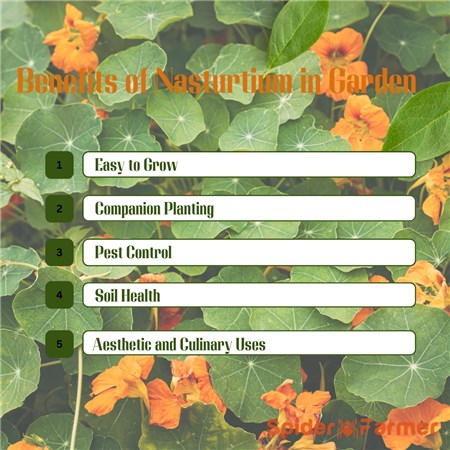
What Are the Benefits of Nasturtium in Garden?
Easy to Grow
- Low Maintenance: Nasturtiums are hardy and require minimal care. Thus, they are ideal for beginner gardeners.
- Adaptability: They can thrive in poor soil conditions and are drought-tolerant once established.
Companion Planting
- Beneficial Insects: Nasturtiums attract pollinators like bees and butterflies, which are essential for the pollination of many plants.
- Predatory Insects: They also attract beneficial insects such as ladybugs and hoverflies, which prey on common garden pests.
Pest Control
- Trap Crop: Nasturtiums attract aphids, whiteflies, and other pests away from more valuable plants, acting as a sacrificial plant.
- Repellent: They can deter certain pests like squash bugs, cucumber beetles, and cabbage moths, protecting nearby vegetables.
Soil Health
- Ground Cover: Nasturtiums spread quickly and cover the soil, helping to suppress weeds and retain soil moisture.
- Erosion Control: Their dense growth can help prevent soil erosion.
Aesthetic and Culinary Uses
- Ornamental Value: With their vibrant flowers in shades of yellow, orange, and red, nasturtiums add a splash of color to any garden.
- Edible Flowers and Leaves: Both the flowers and leaves are edible, offering a peppery flavor that can enhance salads, garnishes, and other dishes.
What Does Nasturtium Repel?
Nasturtiums are known for repelling a variety of pests from the garden, including aphids, whiteflies, squash bugs, cucumber beetles, and cabbage moths. Its strong scent of nasturtiums helps to deter these insects, making them less likely to attack nearby vegetable plants. This is also why they are regarded as a good companion plants. Besides, nasturtiums also act as trap crops, luring pests away from main crops, and attracting beneficial insects such as ladybugs, lacewings, and hoverflies, which prey on harmful pests, contributing to a balanced garden ecosystem. Furthermore, when pests like carrot flies, Colorado potato beetles, Mexican bean beetles, and squash bugs encounter nasturtiums, they become confused and fly off, preventing them from infesting their intended hosts.
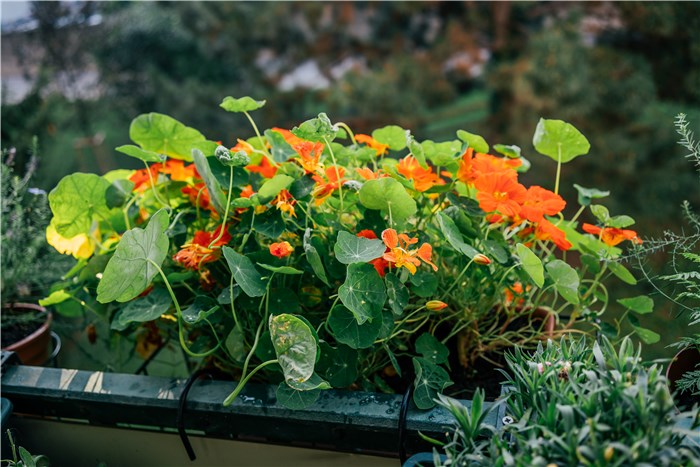
What Does Nasturtium Repel?
What Are Nasturtium Companion Plants?
Nasturtiums are vibrant and versatile plants that can not only add a splash of color to any garden but also offer many benefits when companion planted with other species. With bright blooms and peppery leaves, these plants can attract pollinators, repel pests, and even enhance the flavors of nearby plants; on the other hand, Nasturtiums can also compete with some plants for water, nutrients, and space.
In this section, we’ll explore what to plant with nasturtiums as well as what not to plant with nasturtiums. From vegetables and flowers to herbs and fruits, you’ll see how to create a thriving and harmonious garden ecosystem.
What to Plant with Nasturtiums?
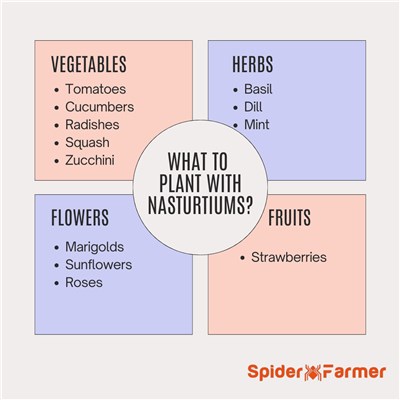
What to Plant with Nasturtiums?
Vegetables
- Tomatoes: Nasturtiums can deter aphids and whiteflies, which are common pests for tomatoes.
- Cucumbers: They help repel cucumber beetles and improve overall plant health.
- Radishes: Nasturtiums can attract pests away from radishes, acting as a trap crop.
- Squash and Zucchini: Nasturtiums can repel squash bugs and beetles.
Herbs
- Basil: Enhances flavor and repels pests like aphids and whiteflies.
- Dill: Attracts beneficial insects that prey on pests.
- Mint: Repels pests, but be cautious as mint can be invasive.
Flowers
- Marigolds: You can plant nasturtiums and marigolds together. Both plants repel pests and attract beneficial insects.
- Sunflowers: Nasturtiums can climb sunflower stalks and provide ground cover.
- Roses: Nasturtiums deter aphids, which are common rose pests.
Fruits
- Strawberries: Nasturtiums serve as a ground cover, suppressing weeds and deterring pests.
What Not to Plant with Nasturtiums?
Nasturtiums are generally easy-going plants, but there are a few plants that you should avoid planting near them to ensure they thrive:
- Cabbage Family (Brassicas): Nasturtiums can attract aphids, which might then spread to broccoli, cabbage, cauliflower, brussels sprouts, kale, and radishes. While nasturtiums can act as a trap crop, it’s often better to keep them separate to avoid pest issues.
- Potatoes: Nasturtiums can compete with potatoes for nutrients and may also attract pests that affect potatoes.
- Fennel: Fennel is allelopathic, which means it can release chemicals that can inhibit the growth of nearby plants, including nasturtiums.
- Other Heavy Feeders: Avoid planting nasturtiums near plants that require a lot of nutrients, as nasturtiums prefer poorer soil and may struggle to compete.
Nasturtium Companion Planting
Here, we’ll provide some tricks and tips for nasturtium companion planting and nasturtium cultivation.
When to plant nasturtium seeds?
The best time to plant nasturtium seeds depends on your local climate and growing zone. In zones 3a to 8b, it's recommended to start seeds indoors in early to mid-spring, about 4-6 weeks before the last expected frost, or sow directly outdoors after the danger of frost has passed. Gardeners in warmer zones 9a to 11b can plant nasturtiums year-round. Nasturtiums are not frost-tolerant and thrive in warm weather, so it's essential to wait until the soil has warmed up before planting.
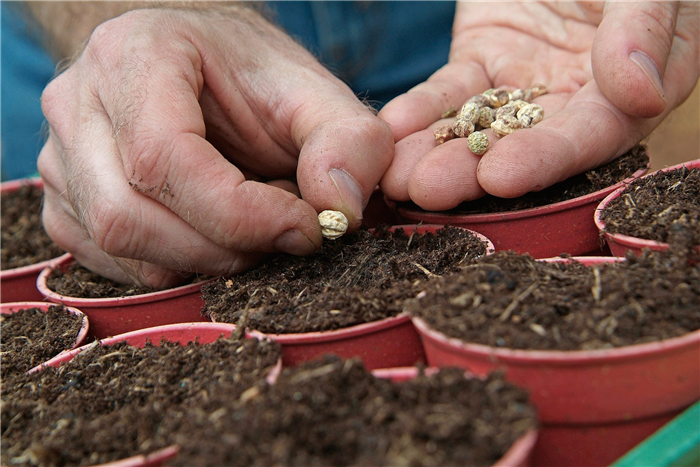
When to Plant Nasturtium Seeds?
Where to plant nasturtiums?
Nasturtiums prefer to grow in full sun. It requires six hours of direct sunlight daily to promote abundant blooms. If you can't receive enough light throughout the day, you can place them under LED grow lights. They flourish in relatively infertile, well-draining soil with a neutral pH between 6 and 8. Meanwhile, you need to avoid overly rich soil, as it encourages excessive foliage growth at the expense of flowers. Normally, you can plant Nasturtiums at the front of a border, along a garden fence, on an obelisk, as companion plants on a vegetable patch, or spilling over the edge of raised beds and pots.
Do nasturtiums like to be crowded?
Nasturtiums do not thrive in crowded conditions. They prefer to have ample space to spread out and grow. Generally, nasturtiums should be spaced about 10 to 12 inches apart to allow for adequate air circulation. In containers, nasturtiums can be planted closer together. For example, three plants can be arranged in a triangular pattern within a 10-inch hanging basket. Planting nasturtiums close together can help to shade weeds in garden beds. Besides, you’re recommended to thin seedlings to around 30cm apart after they emerge when sowing seeds directly in the ground.
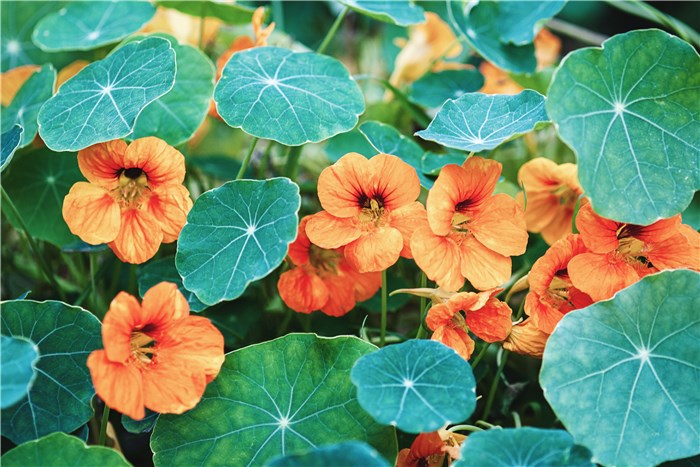
Do Nasturtiums like to be Crowded?
Do nasturtiums regenerate soil?
Yes, nasturtiums can help regenerate soil through several mechanisms. Their vigorous roots break up compacted soil, enhancing soil structure and fertility. They can be planted as a warm weather cover crop to improve the nutrient cycle of the soil. As they decompose, nasturtiums release vital nutrients like nitrogen, phosphorus, potassium, and other minerals into the soil. Nasturtiums also act as a living mulch, which helps to reduce soil erosion, prevent nutrient wash-out, and suppress weed growth.
Conclusion
In conclusion, nasturtium companion planting offers numerous advantages for you to enhance the health and productivity of your garden. By pairing nasturtiums with compatible plants, you can effectively deter pests, attract beneficial insects, and improve soil health. Embrace nasturtiums as companion plants to foster a more resilient ecosystem.

